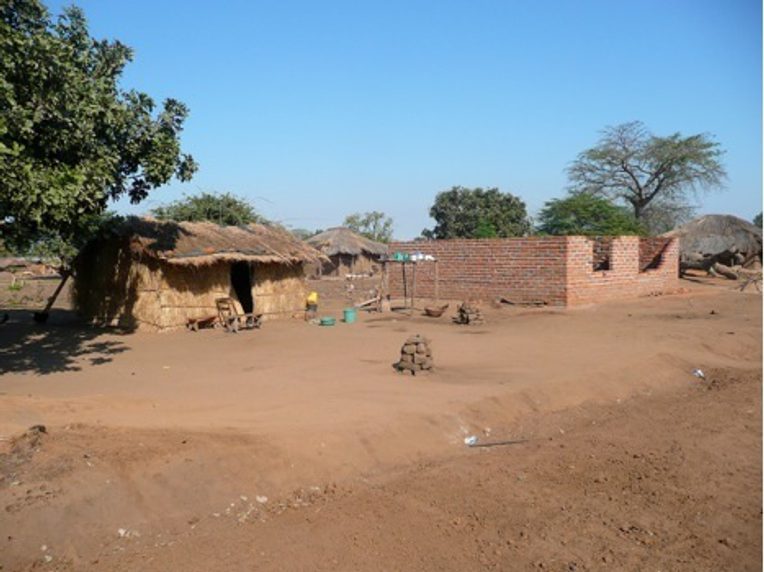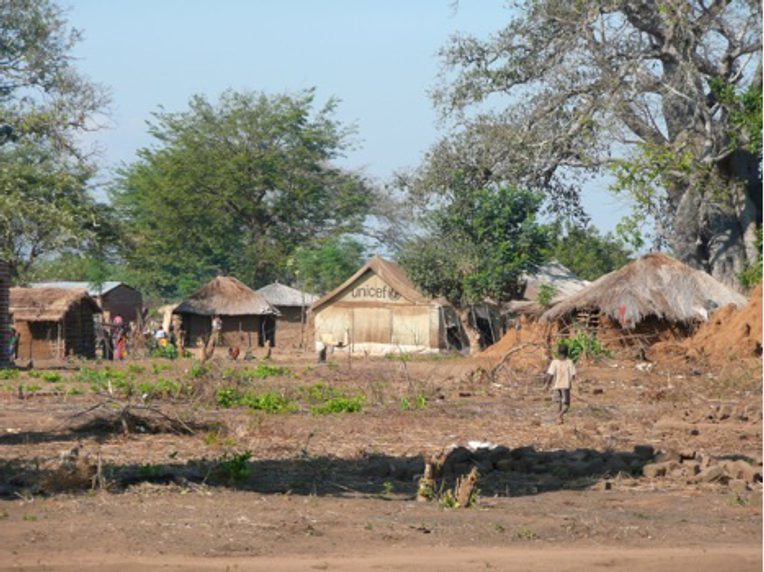This post builds on the research article “Afterlives: Humanitarian Histories and Critical Subjects in Mozambique,” which was published in the May 2012 issue of the Society’s peer-reviewed journal, Cultural Anthropology.

Editorial Footnotes
Cultural Anthropology has published a number of articles on humanitarianism, including Erica Bornstein’s "The Impulse of Philanthropy" (2009), Didier Fassin’s "The Humanitarian Politics of Testimony: Subjectification through Trauma in the Israeli-Palestinian Conflict" (2008), and Ilana Feldman’s "Difficult Distinctions: Refugee Law, Humanitarian Practice, and Political Identification in Gaza" (2007).
Cultural Anthropology has also published articles on neoliberalism. See for example, Ahmed Kanna’s "Flexible Citizenship in Dubai: Neoliberal Subjectivity in the Emerging 'City-Corporation'" (2010), Thomas Pearson’s "On the Trail of Living Modified Organisms: Environmentalism within and against Neoliberal Order" (2009), and Daromir Rudnyckyj’s "Spiritual Economies: Islam and Neoliberalism in Contemporary Indonesia" (2009).
Related Resources
Additional organizations involved in refugee repatriation and humanitarian support in Morrumbala:
UNHCR - Evaluation of Repatriation Efforts to Mozambique
The International Organization for Migration
Photographs from the Field


Questions for Classroom Discussion
1. How do former refugees describe their historical experience of refugee camp life in Malawi? How do their descriptions diverge from or converge with documentary evidence of camp life that McKay presents? What is at stake for recipients and policy-makers in the narration of alternate histories of humanitarian aid and development? How does this case illustrate broader implications for revisionist historiographies of Africa?
2. How is care differentially allocated by the Mozambican state (and states generally) versus the humanitarian aid organizations like Global Children’s Fund? What facets of a person’s identity and being are elevated and made grounds to qualify for care? What are past and present contingencies that limit or open up the reception of care?
3. What is the relationship between dependency on and the reception of humanitarian aid? How are Morrumbala residents enabled as political subjects in receiving aid? In contrast, how are residents’ reception of aid politicized, or as McKay shows, “ethnologized?”
4. Susana has depended on humanitarian assistance but is also critical of contemporary modalities of aid provision. What does Susana’s trajectory reveal about how individual lives are shaped by aid regimes? How do her experiences and attitudes complicate, exceed, or subvert expectations about the uses and results of aid? How do Susana’s experience give credence to or complicate political understandings of the effects of humanitarian assistance?